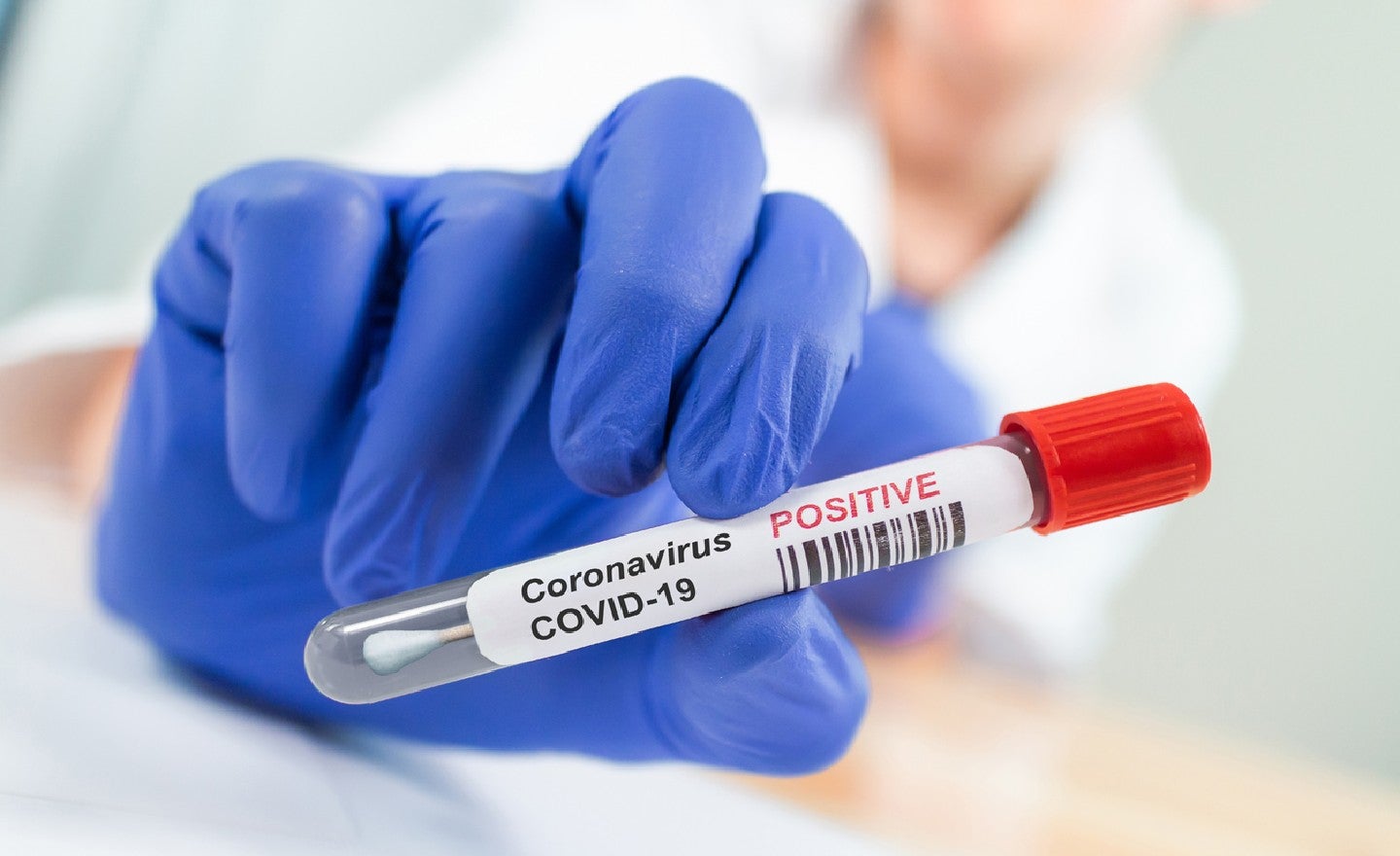USF plays major role in 3D-printed nasal-swab clinical trials

With the coronavirus (COVID-19) pandemic sweeping the nation and creating many unknowns, USF has teamed up with institutions in the Tampa Bay area to help mitigate the crisis where they can.
USF Health, Tampa General Hospital (TGH) and other institutions have been working together to solve the COVID-19 testing shortage. Through collaboration and testing, the team is now in the trial process of 3D printing nasopharyngeal swabs.
Dr. Summer Decker, director of USF Health’s 3D clinical applications, said the goal for the 3D nasal swabs is to make them safe to use and successfully provide diagnoses.
Decker said this project has been able to happen because of the teamwork between USF Health, TGH, the USF Tampa campus and other Florida universities.
“The College of Art has loaned us their printer which is amazing of them, so we are very grateful for them and the deans,” Decker said. “We have collaborated with a number of universities in Florida like FIU and UF and we have been helping all the medical schools that we can. On the USF main campus they are using students for engineering.”
Decker said that hospitals, specifically TGH, have been using 3D printing in many different aspects of medical treatment, but added that it’s crucial that patient care is not left out. This means the materials, comfort and accuracy are taken into consideration.
“Nasal swabs cannot use just any materials,” Decker said. “They have to use materials that are safe for patients.”
To ensure that the process would be comfortable for patients, the doctors proceeded to test-swab themselves. Although the swabs are still not being used on patients yet, Decker said this resulted in the swabs being highly effective.
“A specialist took the swab we had printed and started putting viruses on it,” Decker said. “He did a 24-hour test and a three-day test. The results were that it held a sample for the period of time needed.”
This project caught the attention of Dr. Todd Goldstein, who works in New York where the highest number of COVID-19 cases in the U.S. have been recorded, according to the Centers for Disease Control and Prevention.
The 3D-printed nasopharyngeal swabs were printed in collaboration with Goldstein at Northwell Health, New York’s largest health care provider.
“Dr. Todd Goldstein reached out and asked if the specialist or clinicians had any feedback on the swabs because they had run out of them where he was in New York,” Decker said.
“He also said the new tests could go on with a clinical trial, which usually takes months to years before getting to clinical trial, and we are talking about a matter of two weeks.”
Decker explained that 3D printing is a process that uses rapid prototyping to “print” 3D objects layer by layer. She compared the printing process to printing out an essay.
“When writing an essay, you put information on a page and the printer prints it out, so we have a similar software that does just that, but it prints in 3D,” Decker said. “We can send information to the printer and it will make a copy of it in 3D with the material you choose.”
A given batch could have 1,000 nasal swabs due to the number of printers they have.
“We print 325 or so per printer per batch, so that takes us about 13 to 14 hours to do, but we have a number of printers, [so] we can print about 1,000 printed in that time frame,” Decker said. “We have to trade off how many we are doing for speed, the more we do the longer it takes.”
USF Health and TGH also did a clinical trial of the 3D-printed nasal swabs, and Decker said all the trial results have lined up the same and were successful.
“They have been used in clinical trials to diagnose patients used in conjunction with the other swab, and they have tested equal results so far,” Decker said. “We have not had any conflicting results where the other test said positive and our swab said negative.”
As of now, the swabs are still in the trial process, but Decker hopes they will be produced and used in the near future.
“We are waiting for our final results and after that we’ll be ready to deploy, “Decker said. “We have shared the results with other hospitals so they can be ready to print these nasal swabs when it is certain they can be used.”
While these nasal swabs are seemingly the current answer to helping with the shortage of tests, not every location with a 3D printer will be able to start producing them, nor will TGH be able to sell or donate them to nonaffiliated hospitals.
“It is a medical device, so only materials and printers allowed by the FDA [Food and Drug Administration] can print these swabs,” Decker said. “Because we are a hospital, FDA guidelines are strict.
“We are able to help our institutions, we can help TGH-affiliated hospitals, but if we sell them, we violate that because we are not a medical device manufacturers licensed company, but we can work with other hospitals to help them.”
Decker said she believes that the project has taught more than just scientific and medical information.
“What we have been doing is a real example of how teamwork can make a big difference,” Decker said. “I am just one of the people here in our team. We have so many people working together for the common good and I think when this is all over we can look back and see the power of people working together for the common good.”







